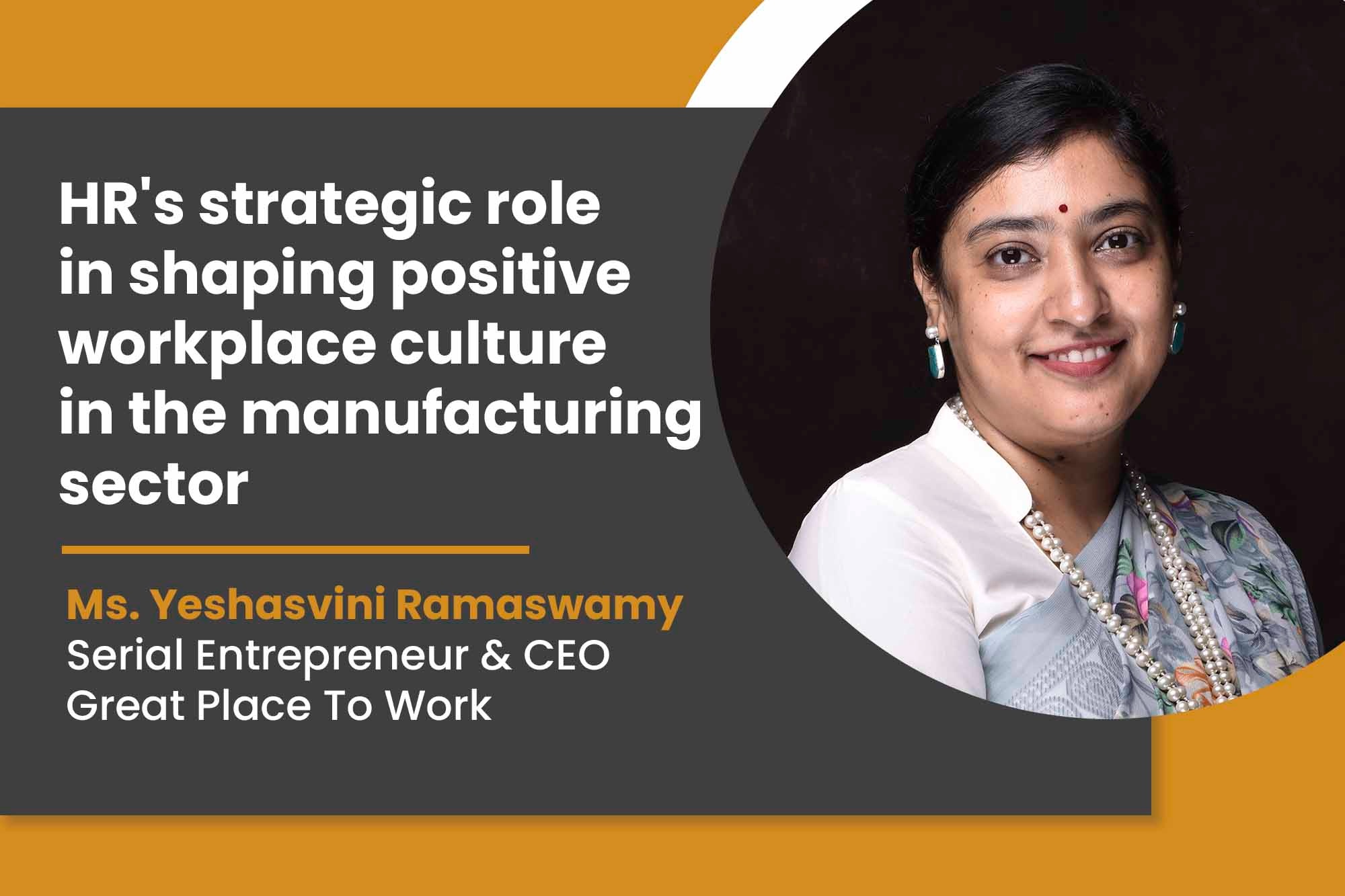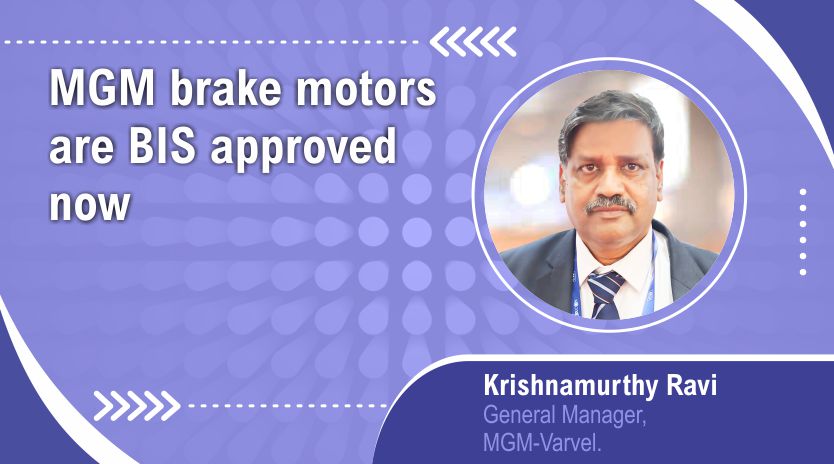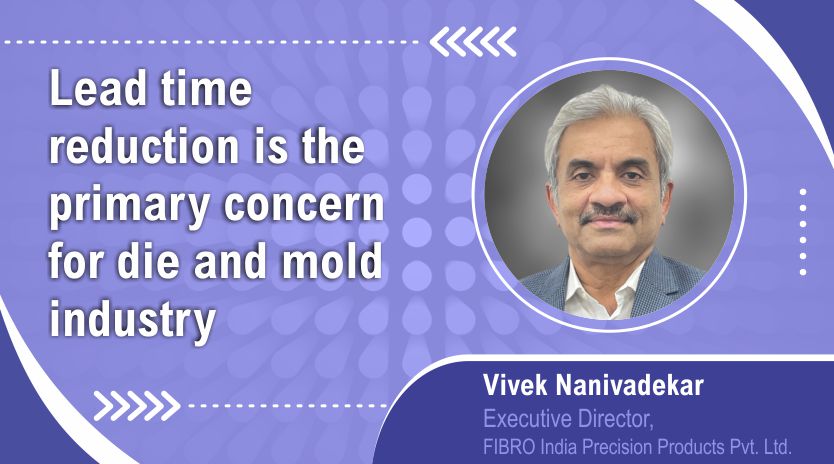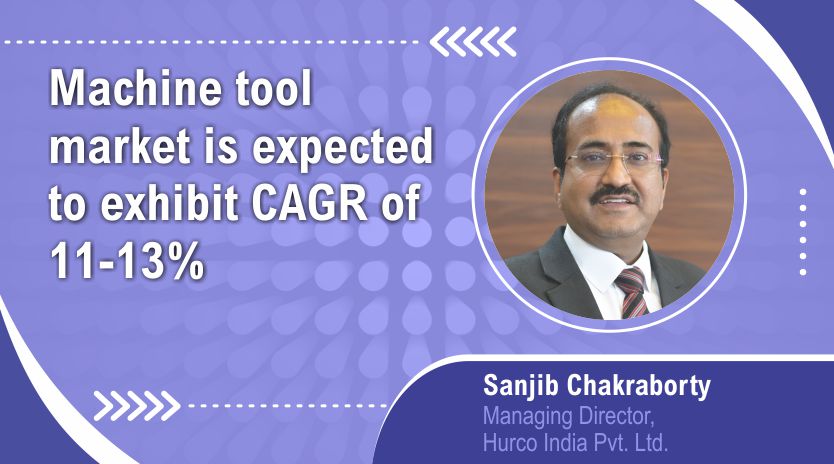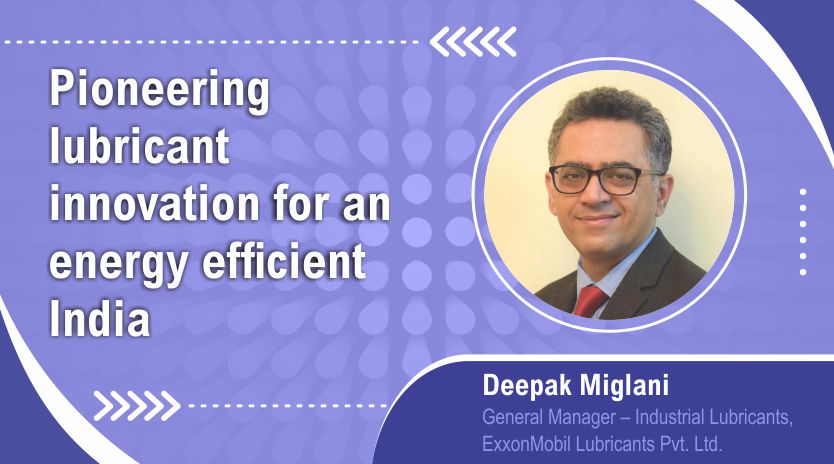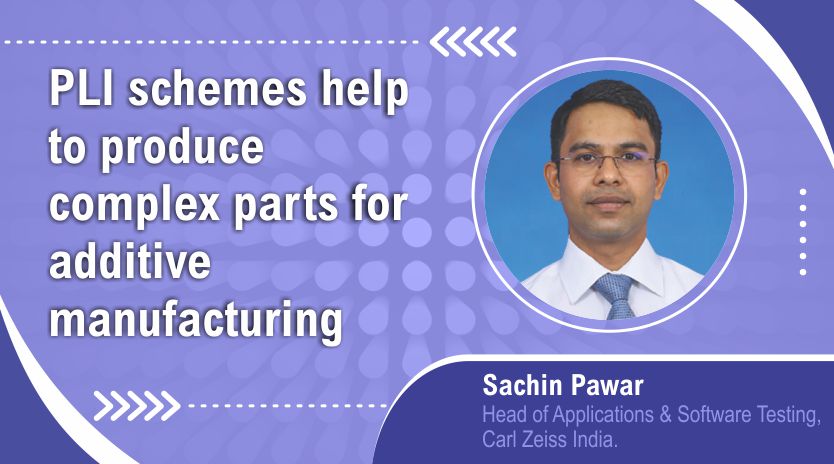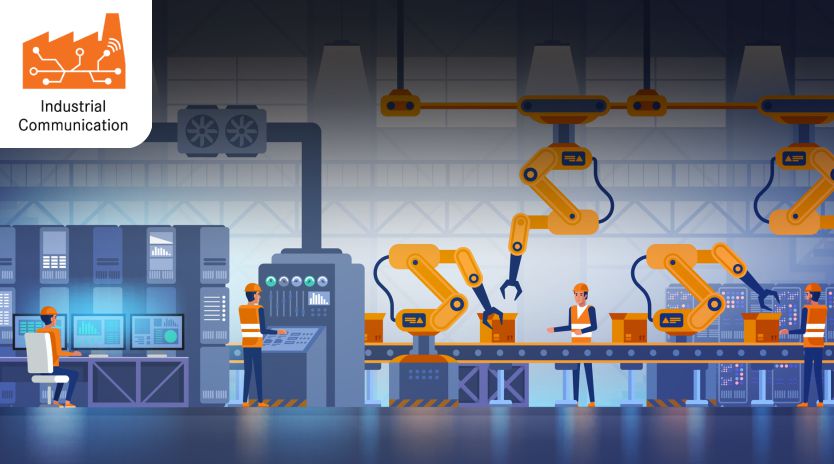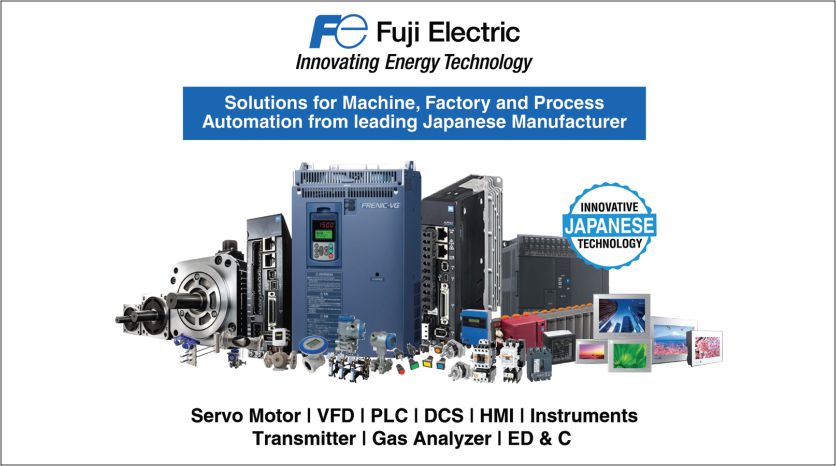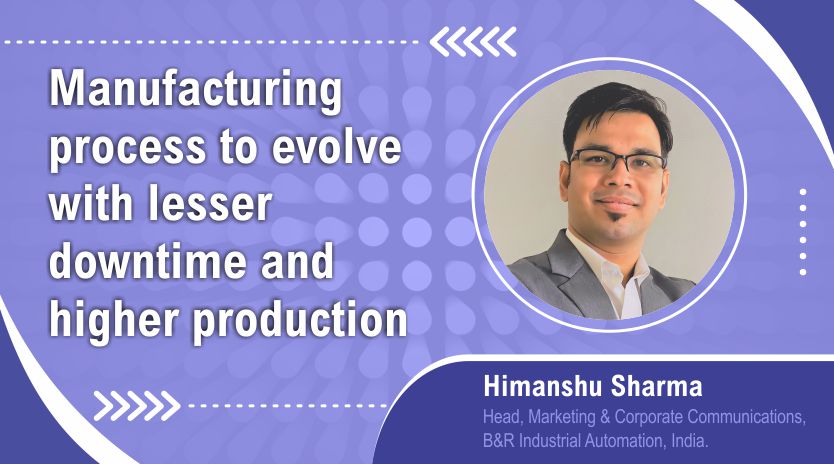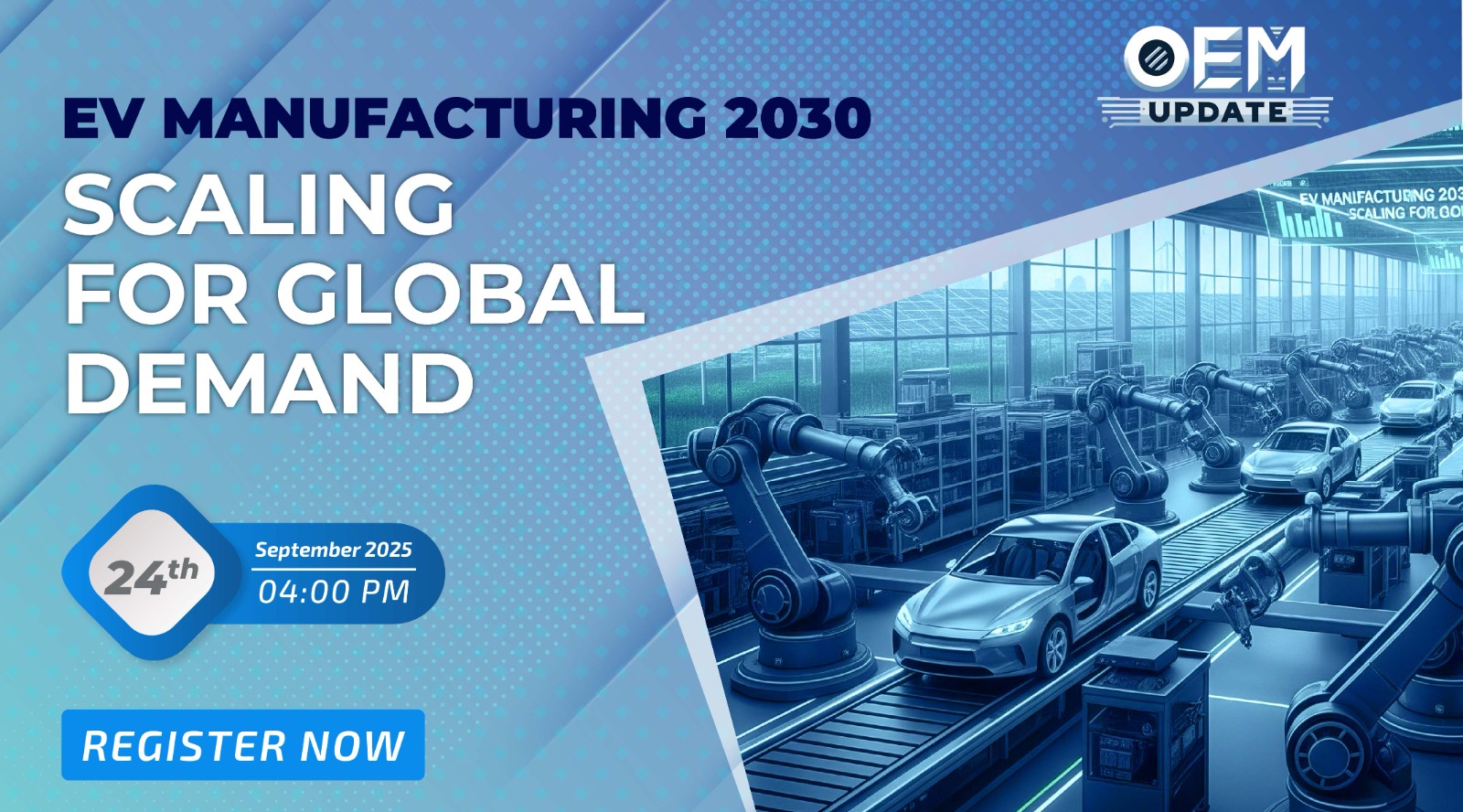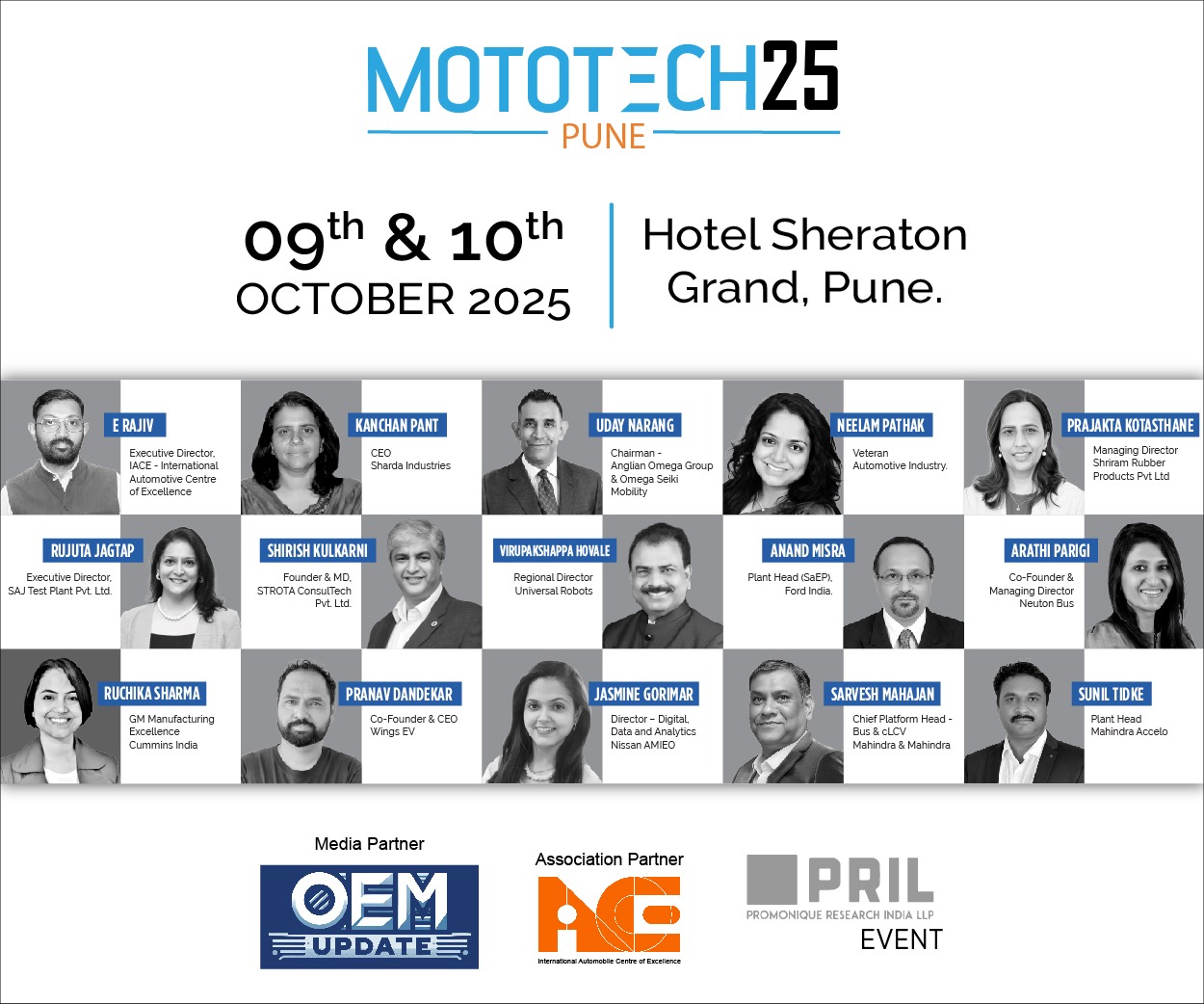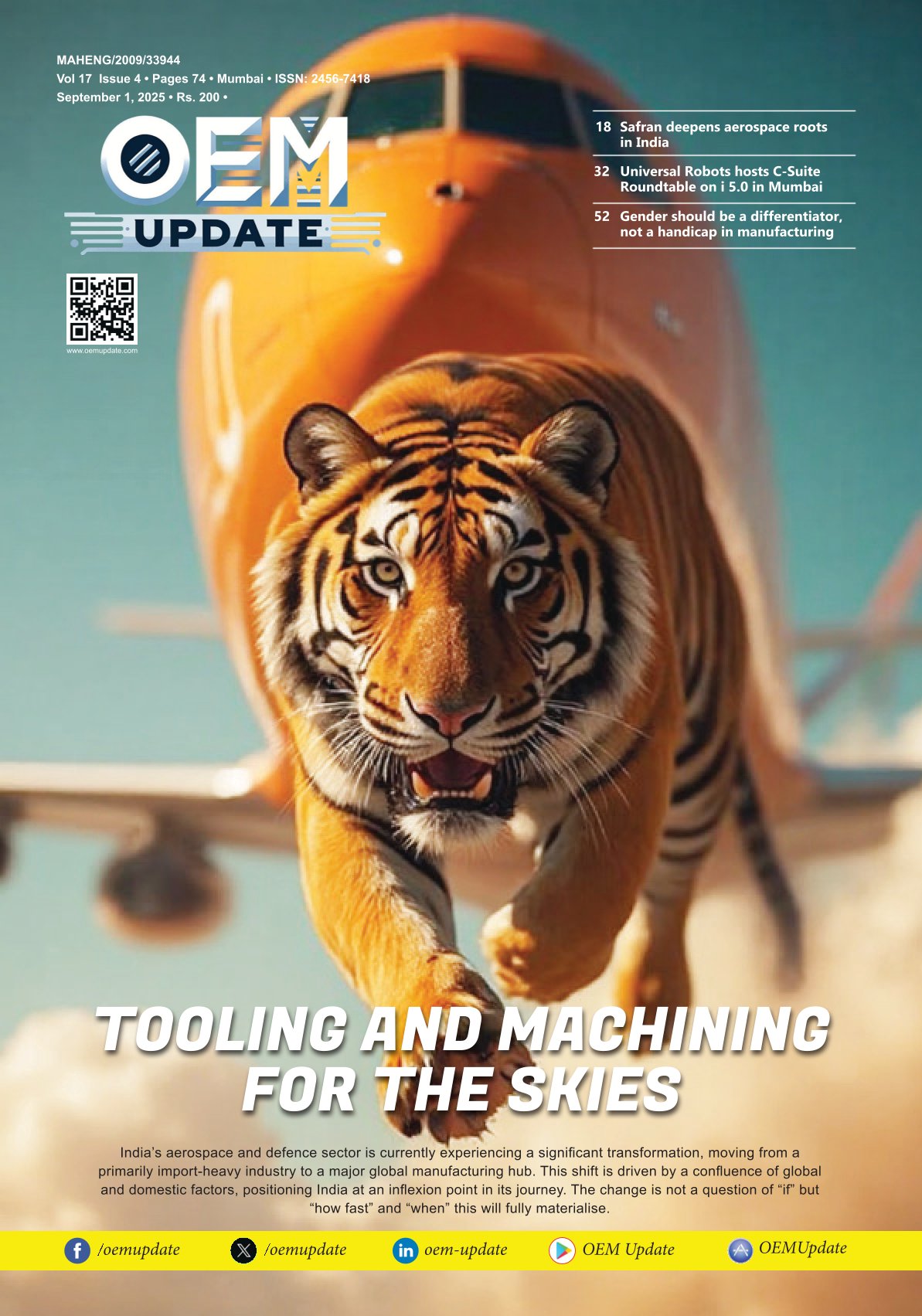PLUMBING – No More a ‘Dirty Job’ [Mar 2012]
By admin March 21, 2012 1:18 pm IST
President of the Indian Plumbing Association (IPA) Sudhakaran Nair delves into the recent trends in plumbing and how far the country has embraced this concept, the future outlook, standardisation, and related subjectsDiscuss about the importance of efficient plumbing today.Every building meant for human habitation requires plumbing installations. The engineering which facilitates provision of clean water to the user and takes away the used water and liquid waste is ‘plumbing’. Water at draw-off points should be of adequate quality, pressure and quantity and transportation of waste away must be in a safe and hygienic manner. Poor quality of drinking water and unsafe sanitary conditions are known to be the prime causes contributing to the bulk of today’s epidemics. Just one example is that the WHO and the World Plumbing Council established through research that incorrect plumbing contributed to spread of the deadly SARS virus that took away several precious lives in Amoy Gardens (a housing colony) in Hong Kong in early part of this century. The South East Asian countries spent over $60 billion to prevent further spread of SARS. Incorrect plumbing systems affect health and safety of the occupants of a building apart from the building structure itself. It is realistic to say that every ten rupees spent on improvement of plumbing can result in a saving of hundred rupees in medical bills and associated costs. As the size and complexity of our buildings grow, the need for sophistication of the plumbing installations grows proportionately. Brief us on the recent status of plumbing industry in India, its size, and growth drivers.In order to assess the size of the plumbing industry, we need to know the size of the construction industry and unfortunately, I do not have any reliable data on this. What I can say is that the share of plumbing in the total construction cost of a building can be between 7.5 to 15 per cent depending on the nature of occupancy and the quality of plumbing installation opted for. These are figures related only to plumbing that is part of the internal building services and does not include cost of any infrastructural development. For satellite townships, Special Economic Zones etc, the project developer may have to create own external water distribution, sewer network, water and sewage treatment, storm water drainage etc which will add up to the cost. All these are part of works handled by plumbing consultants and contractors. There has been a construction boom all over the country for over a decade and this is likely to continue in the foreseeable future, until we have enough homes, offices, hospitals, hotels etc. Unfortunately, in the absence of any formal education or training for plumbing personnel in our country, the bulk of our plumbing works are handled by unskilled and uneducated individuals. Until some ten years ago, plumbing was considered a ‘dirty job’ and very few ventured into the profession. The overwhelming demand thereafter resulted in an influx of amateurs into the profession, claiming to be plumbing practitioners. They thrive because the end-users who pay them are ignorant about the intricacies of the profession. Currently, only a small segment of the industry, employing qualified and experienced professionals can boast of carrying out technically sound and safe plumbing installations. With concentrated efforts to create awareness, size of this organised segment has to be enlarged continuously. Could you outline the steps in achieving greater efficiency in plumbing as far as bigger manufacturing facilities and processing plants are concerned?Process piping and specialised installations in manufacturing facilities related to equipment are seldom handled by our plumbing industry. Domestic plumbing for washrooms, kitchens etc including water distribution and drainage systems in these facilities are handled by conventional plumbing personnel. Having said that, under expert guidance and provided with appropriate drawings and designs, a good plumbing contractor will be capable of handling most of these works which are not in their routine scope otherwise. Could you explore the advances in plumbing materials and technologies?With partial opening up of the Indian economy; several reputed international manufacturers have entered our plumbing industry. There are certainly better piping materials, pumps, valves etc available in our domestic market now. With relatively better awareness about importance of plumbing, some customers are willing to pay a little more for use of superior products. Here again, willingness of customers to spend extra for better products is largely limited to the ‘front of the wall’ products such as washroom fixtures, accessories and faucets. The reality is that these are not components which form the heart and soul of the plumbing systems but what goes behind the wall! Several important technical components needed to accomplish sound plumbing installations are still not manufactured in our country. A few, who are aware of these products and want to use them, are dependent on imports. Due to the high import duties, these products eventually become expensive and unaffordable. Bulk of the conventional plumbing products manufactured in our domestic industry will not succeed in getting approvals through the stringent testing and certification processes prevalent in the developed countries. Could you delve into the global trends and detail how far India has embraced this concept?Currently, we have a lot of catching up to do to reach anywhere near the plumbing standards of the developed world. New products and technologies are evolving globally at a pace that is not within our current reach. The reasons are simple – plumbing standards are strictly mandated and monitored in developed countries whereas we have none of these here. It takes a minimum four years of training and education for someone to qualify as a Plumbing Journeyman in the US. He or she has to work under an experienced Master Plumber for few more years thereafter before practicing independently. Before a candidate is permitted to work independently, he is trained on all aspects of the trade including design, installation, operation and maintenance. In comparison, our plumbers are usually casual labourers who become Assistant Plumbers and then graduate to being Plumbers through a bit of practical experience. They receive no formal education or training. The result is that even those capable of managing a decent hands-on work is unaware why he is doing a certain installation in a certain manner! Today, 90 per cent of the plumbing professionals are not professionally trained, what is your take in this regard? What initiatives you are taking to make workforce more competent?In the absence of any formal education on plumbing, those who are part of the industry are ones from different fields of education. Since we have nothing called a Plumbing Engineer, a Civil or Mechanical Engineer becomes a Plumbing Engineer with the experience gained working in reputed contracting or consulting firms. They rely on codes, Design Guides and other publications of plumbing organisations of developed nations, apart from the publications from Bureau of Indian Standards. The Indian Plumbing Association (IPA) a voluntary organisation established in 1993, published the Uniform Plumbing Code-India (UPC-I) in 2008 and the Green Plumbing Code Supplement-India (GPCS-I) in 2010. Along with publication of the codes, the IPA launched the Plumbing Education to Employment Programme (PEEP) – a code-based education/training programme. PEEP is a well structured programme, to create Plumbing Design Engineers, Construction Supervisors, Master Plumbers and Apprentice Plumbers. IPA also launched the Green Plumbers India (GPI) initiative to train plumbers on modern methods of conservatio
n of water and energy. IPA partnered with the world renowned International Association of Plumbing & Mechanical Officials (IAPMO) of USA for publication of codes and launch of PEEP and GPI. PEEP is being implemented through existing educational and vocational training institutions. GPI workshops have been conducted at various cities of India. Candidates who undertake PEEP and GPI courses receive certification from IPA and IAPMO. Please throw some light on the availability of different codes and standards in the plumbing industry.As mentioned earlier, the Indian plumbing professional was dependant on codes and Design Guides published from various developed nations, largely from the US and UK. Publication of UPC-I filled this vacuum. As the title suggests, it is a Uniform Code covering all aspects of design and installation of plumbing systems. The Uniform Plumbing Code, implemented in large parts of the US and adopted in several other countries, was reviewed, edited and adopted after modifications to suit Indian conditions. For this purpose, IPA formed a Technical Committee consisting of the best known plumbing professionals of India. UPC-I will be revised and re-published every three years. The revised UPC-I (UPC-I, 2011) was published last November. Apart from the UPC-I and GPCS-I, IPA and IAPMO have published Uniform Swimming Pool Code-India (USPC-I) and Water Efficient Products-India (WEP-I). IPA’s Technical Committee is currently working on a Uniform Solar Energy Code-India (USEC-I). Apart from the four codes published by IPA, we have the National Building Code and several other publications from the BIS. IPA’s efforts have been to supplement the information available in our local codes with current standards being implemented in the developed nations.
Mr. Nair is one of the Founder Members and the current President of the Indian Plumbing Association (IPA), established in 1993. He was elected to the Executive Board of the World Plumbing Council in March, 2005 and served the Council for six years as Director. He was re-elected in September, 2011 for a third term of two years as Deputy Chairman.
Mr. Nair has been instrumental in forming an alliance between IPA and IAPMO (International Association of Plumbing and Mechanical Officials, U.S.A.) for drafting and publication of various plumbing codes such as Uniform Plumbing Code-India, Green Plumbing Code Supplement-India, Uniform Swimming Pool Code-India and Water Efficient Products-India. Through the IPA-IAPMO partnership, he is now spearheading the launch of Plumbing Education to Employment Programme (PEEP) and ‘The Green Plumbers India’ initiative across the nation.
Mr. Nair is a Fellow Member of the Chartered Institute of Plumbing and Heating Engineering, U.K. and Full Member of American Society of Plumbing Engineers. In 2005, he was awarded the prestigious “Lifetime Achievement Award” by IPA.
Cookie Consent
We use cookies to personalize your experience. By continuing to visit this website you agree to our Terms & Conditions, Privacy Policy and Cookie Policy.




